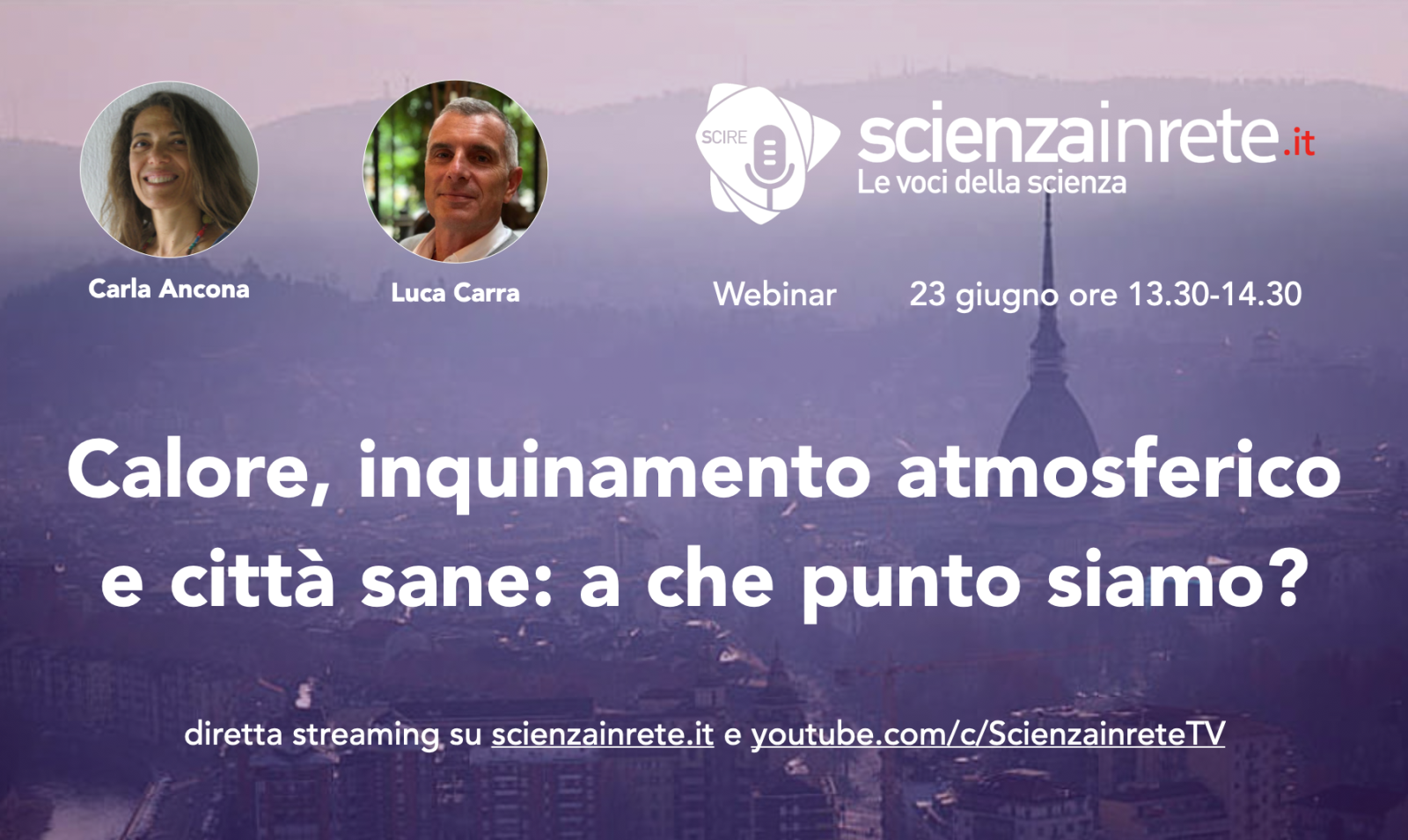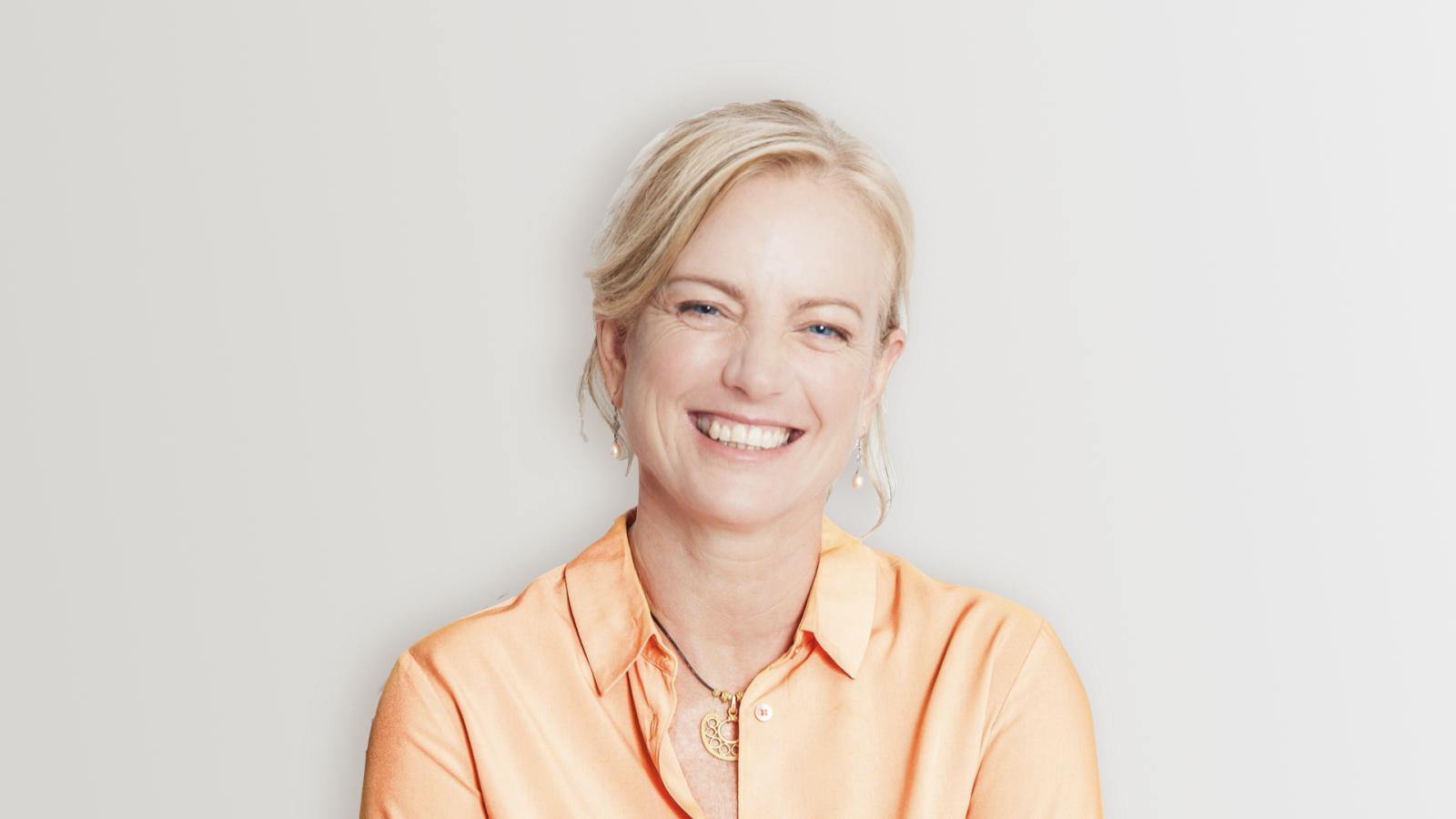
Luca Carra, direttore di Scienza in rete intervista Carla Ancona dell'Associazione Italiana Epidemiologia sullo stato dell'arte del Programma Città Sane sui temi del calore e dell'inquinamento atmosferico.

Luca Carra, direttore di Scienza in rete intervista Carla Ancona dell'Associazione Italiana Epidemiologia sullo stato dell'arte del Programma Città Sane sui temi del calore e dell'inquinamento atmosferico.

In a world marked by wars and global crises, the new Secretary General of Pugwash tells us about the challenges of disarmament and the value of scientific dialogue for peace (photo: Karen Hallberg, source Wikipedia).
Pugwash is the name of a Canadian fishing village and a commitment to peace. In July 1957, at the height of the Cold War, twenty-two scientists gathered here for the first Pugwash Conference on Science and World Affairs. The group was led by the mathematician and philosopher Bertrand Russell, who, two years earlier on 9 July 1955, presented the Russell and Einstein Manifesto in London's Caxton Hall. In this manifesto, the philosopher and physicist (who died in April but had signed it) called on the world to renounce war.